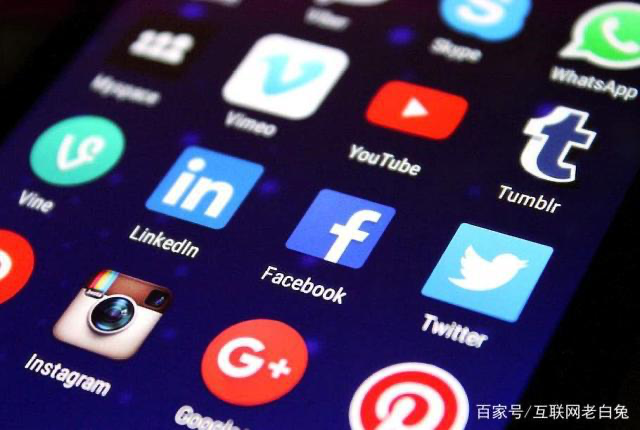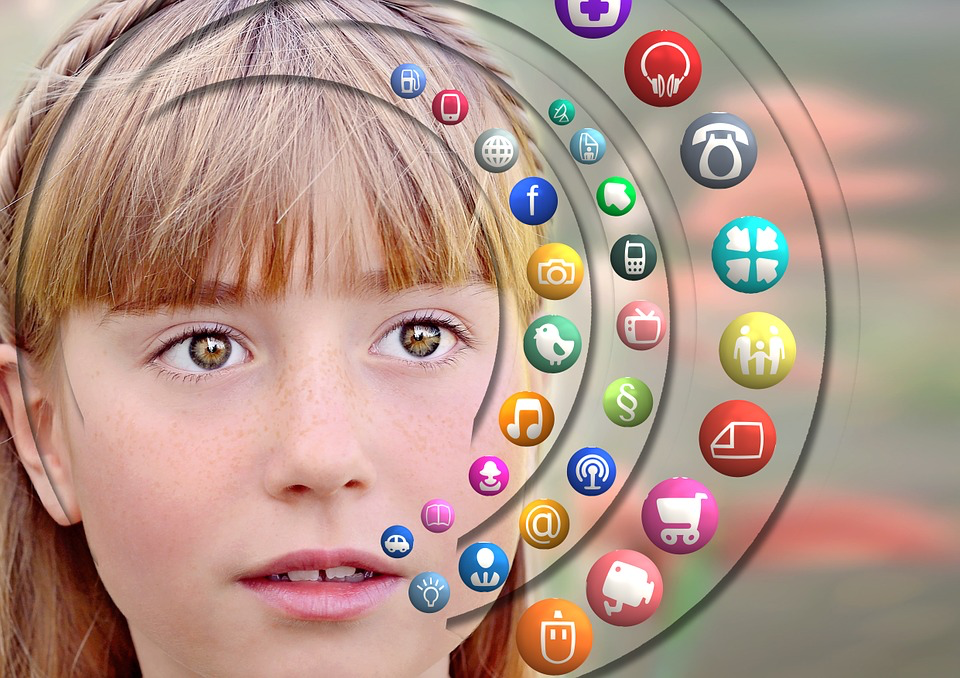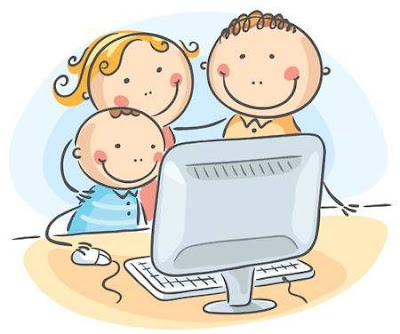Young
People and Social Media in Finland: A Closer Look at Research
In
Finland, it's important to understand how young people use social media. Many
studies have been done to explore this. Researchers look at things like how
social media affects mental health and which platforms Finnish youth prefer.
These studies help us see the details of how young people in Finland interact
with digital platforms. The results give us valuable insights into how social
media influences the lives of the younger generation.
Study
No.1 : BLENDED LIVES: ICT Talk among Vulnerable Young People in Finland (2016)
by Camilla Granholm
This
article presents a qualitative study on the use of Information and
Communication Technology among Finnish youth participating in training programs
outside formal employment and education. The study utilizes data from focus
group and individual interviews with young participants, along with a focus
group interview involving supervisors. The analysis is based on McQuail's
theory of individual media use motives. Key Findings were:
Ø
Young
people primarily use ICT for entertainment purposes.
Ø
The
use of ICT among young individuals is diverse, with participants choosing tools
and interaction dimensions that best fulfill their needs.
Ø
Young
people express a preference for face-to-face communication when dealing with
severe issues, such as health-related or emotional problems.
Read
more: Blended Lives
(sagepub.com)
Study
No.2: “THE ROLE OF SOCIAL MEDIA IN FINLAND TODAY - how communication changed
overnight” (2017) by Sanna Koivunen
The
thesis aimed to explore the use of social media by Finnish young adults in
2017, considering its evolution and impact on communication. Using a
qualitative approach with 47 respondents from various locations in Finland, the
study found:
Ø
Facebook,
WhatsApp, and Instagram are the most frequently used platforms among Finnish
millennials. YouTube, Spotify, Pinterest, and LinkedIn are commonly used
alongside mainstream social media.
Ø WhatsApp is preferred for messaging,
Facebook for reading others' posts, and Instagram/Snapchat for sharing
pictures; Twitter lacks a specific use.
Ø Valued features in social media were messaging,
pictures, the free-to-use aspect and forming groups is highly valued for
connecting with multiple people simultaneously.
Ø
The
primary reason for use was found as communication with friends while other
usage reasons were reading others' posts, communicating with family, and
sharing pictures, work-related reasons
Read
more: Title of thesis (theseus.fi)
Study
No.3 : SOCIAL MEDIA ACTIVITIES IN FINLAND: A population-level comparison (2018)
by Titiana Ertiö, Iida Kukkonen, and Pekka Räsänen
In
the Web 2.0 era, where consumers actively participate in online content
creation, this study delves into Finns' social media activities, focusing on
content creation, engagement, and sharing. Analyzing data from Statistics
Finland representing individuals aged 16 to 74, the findings revealed:
Ø
Finns
predominantly see themselves as occasional commentators. Approximately 1 in 5
Finns consider themselves active contributors.
Ø Most users engage in commenting on
other people's posts (57%) and reading blogs (52%); sharing content only 40%.
Ø
Women
are more likely to engage in social media practices, especially reading blogs
and sharing content. Older users are less likely to participate in reading
blogs, sharing content, commenting on posts, and publishing own content. Higher
education is positively associated with reading blogs, publishing own content,
and sharing content on social media. It was also found that employed
individuals are less likely to perform these activities.
Read
more: Social media activities in Finland: A
population-level comparison - Titiana Ertiö, Iida Kukkonen, Pekka Räsänen, 2020
(sagepub.com)
Study
No.4: “CHANGING PATTERNS OF SOCIAL MEDIA USE? A population-level study of
Finland” (2019) by Ilkka Koiranen, Teo Keipi, Aki Koivula & Pekka
Räsänen
The
article examines how social media use in Finland changed from 2008 to 2016,
using data from a representative population. It looks at the evolution of
social media across different socio-economic and demographic groups in advanced
information societies, especially in Finland. The study found:
Ø
Social
media use has increased for all population groups in Finland from 2008 onwards,
aligning with global technological trends.
Ø Younger individuals were found to be
more active users.
Ø Rural areas showed lower usage rates
and metropolitan regions demonstrate higher usage
Ø
Women
have been slightly more active social media users since 2010, with a
diminishing gap between genders since 2012. Female participants tend to favor social
media for relationship purposes.
Read
more: Changing patterns of social media
use? A population-level study of Finland | Universal Access in the Information
Society (springer.com)
Traditional
Media vs. Social Media: The Influencer Power Play
How
much power does influencers have? And why?
1.
Reach and Follower Count: Influencers with a large number of followers have a
broader reach, potentially increasing their impact when sharing content or
promoting products.
2.
Engagement Levels: The level of engagement, such as likes, comments, and
shares, indicates how actively an influencer's audience interacts with their
content, reflecting a responsive audience.
3.
Niche and Expertise: Specialization in a specific niche or industry establishes
credibility and trust, giving influencers more influence within that particular
domain.
4.
Authenticity and Trustworthiness: Influencers perceived as authentic and
trustworthy build stronger connections with their audience, fostering greater
influence.
5.
Impact on Purchasing Decisions: An influencer's ability to influence their
followers' purchasing decisions is a key measure of their power, often leading
to brand collaborations.
6.
Media Channels and Platforms: The choice of social media platform can affect an
influencer's reach and effectiveness, as different platforms attract diverse
demographics.
7.
Trendsetting and Cultural Impact: Some influencers have the power to set trends
and influence broader cultural discussions, extending beyond product promotion.
8.
Consistency and Longevity: Influencers who maintain consistency in content
quality, messaging, and engagement over time may have more enduring influence.
Now
let’s analyse the above with a famous Finnish influencer - Joalin Loukamaa
Obviously
all Fins would know who Joalin Loukamaa is, but for those who don’t know - she
is a Finnish singer, dancer, and social media influencer. She gained popularity
through her involvement with the multinational girl group Now United
which is known for bringing together artists from various countries, showcasing
their talents in music and dance.
Checklist:
1.
Follower Count and Reach: Joalin Loukamaa's followers count over 3.1 M only in
Instagram. Her popularity in Now United might have contributed to a
significant following.
2.
Engagement Levels: Her very recent Instagram post has 34,3 K & 1213 comments. Such high engagement
indicates an active and engaged audience.
3.
Niche and Expertise: Joalin Loukamaa is known for her expertise in singing and dancing. Most of her posts align with her professional background, showing her credibility in the entertainment industry.
4.
Authenticity and Trustworthiness: Her posts don’t show any conflict of interest
and it could be said that she is transparent in her communication.
5.
Impact on Purchasing Decisions: She has been involved in brand collaborations such as with Valentino Beauty , Lorealluxe.fi , Levi.ski & SPR Kontti etc. Therefore, her recommendations could influence the purchasing decisions of her followers.
6.
Media Channels and Platforms: Joalin is active in many social media platforms
such as Instagram, TikTok, Twitter, YouTube etc. Most of her followers are young
adults and teenagers.
7.
Trendsetting and Cultural Impact: since her band 'Now United' is multi-cultural, she shows respect for different cultures. In one of her posts she writes , "We are all equal, We all deserve the same opportunities, same treatment, same respect and same love." This post gets 495,273 likes - that's more than what she has received for her other posts.
8.
Consistency and Longevity: Joalin has been on Instagram from December 2018 and since then has shown consistency in sharing post as she makes sure to post every week, sometimes even in consecutive two days. This makes sure that her content is timely and it helps her to be connected with her fans.
9.
Reliability as a Source: Majority of her posts consist of photographs of her taken
prior to events or outings in fashionable outfits. Since her followers show
positive attitudes, comments for her post it can be said that her fans
well-receive her fashionable trends and poses.
It's
crucial to note that while Joalin provides insights into her life, social media
influencers like her, may not consistently offer reliable information. However,
it's essential to approach social media influencers with a critical mindset,
recognizing their primary role in entertainment and promotion rather than
relying on them as conventional sources of factual information. For accurate
and up-to-date information, cross-referencing with various sources, including
news outlets or official statements, is recommended.
Trends
and Tools: Navigating a Social Media Platform
We're
going to check out the trends on a popular social media platform – Instagram.
Trends
on Instagram:
Instagram;
shortened as ‘Insta’ has some cool trends right now. People love making short
videos called Reels that are funny or interesting. Also, everyone likes seeing
real and honest posts instead of ones that look too perfect. People often work
with brands to show their products in posts. People also use fun features like
polls and quizzes to make their posts more interactive.
Risks
on Instagram:
Instagram
is fun, but we need to be careful too. Sometimes, we might share too much
personal stuff without realizing it. There can be mean comments or messages,
and that's not good. Feeling the need to always look perfect on Instagram can
also make us feel not so good about ourselves. And be aware, sometimes the
information we see might not be true. So, it's important to keep things
private, be kind online, and not believe everything we see.





.jpeg)




























